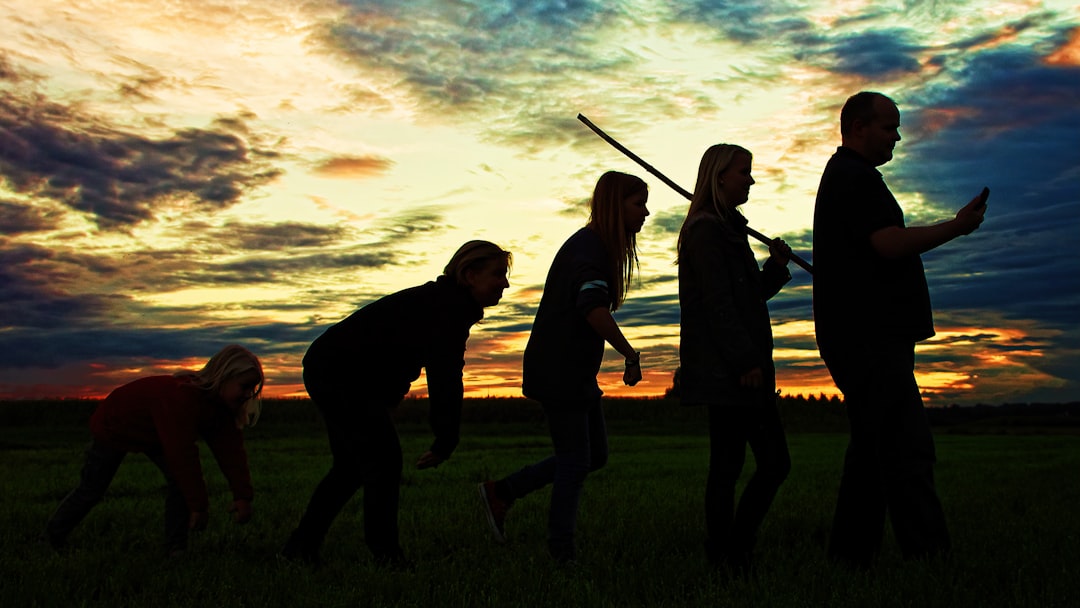Human activity has shaped every corner of the Earth—from bustling cities and sprawling farmland to remote oceans and forests. But with our development and expansion come consequences, many of which directly affect the health, behavior, and survival of living organisms. Environmental biology is the field that explores these impacts and helps us understand how life on Earth is responding to a changing world.
In this blog post, we’ll dive into the world of environmental biology, explore how human actions influence ecosystems and species, and highlight why this science is crucial for building a sustainable future.
What Is Environmental Biology?
Environmental biology is a branch of biology that focuses on the relationship between organisms and their environments—particularly under the pressure of human influence. It draws from ecology, evolutionary biology, conservation science, and environmental science to examine how natural systems function and how they respond to disturbances caused by humans.
This field plays a vital role in:
-
Monitoring biodiversity and ecosystem health
-
Understanding species adaptations and behavior
-
Informing conservation and restoration efforts
-
Predicting long-term ecological changes
How Human Activities Impact Living Organisms
1. Habitat Destruction and Fragmentation
Urban development, agriculture, mining, and logging are major drivers of habitat loss. When ecosystems are cleared or fragmented:
-
Animals lose their homes and access to food or mates.
-
Plants may no longer thrive due to changes in soil, sunlight, or pollinators.
-
Migration paths and breeding grounds are disrupted.
Example: The clearing of rainforests for palm oil plantations has pushed species like the orangutan toward extinction.
2. Pollution
Chemical, plastic, light, and noise pollution all have harmful effects on living organisms.
-
Air pollution can damage respiratory systems in both humans and animals.
-
Water pollution harms aquatic life through oxygen depletion, chemical toxicity, or endocrine disruption.
-
Soil pollution affects microbial communities and plant health.
-
Plastic pollution leads to ingestion and entanglement, especially in marine species.
Example: Microplastics have been found in the stomachs of seabirds and fish, with unclear but worrying health consequences.
3. Climate Change
Driven largely by greenhouse gas emissions, climate change alters temperature, precipitation patterns, sea levels, and weather extremes. These changes disrupt:
-
Migration and breeding cycles
-
Species ranges and distributions
-
Interactions between predators, prey, and plants
Example: Rising ocean temperatures are leading to widespread coral bleaching, threatening the biodiversity of reef ecosystems.
4. Overexploitation of Resources
Overfishing, hunting, logging, and harvesting of plants and animals exceed nature’s capacity to recover, resulting in:
-
Declines in species populations
-
Disruption of food webs
-
Loss of genetic diversity
Example: Overfishing of predatory species like tuna affects the entire marine food chain and destabilizes ocean ecosystems.
5. Invasive Species and Biological Introductions
When humans move species beyond their natural range—intentionally or accidentally—those species can become invasive, outcompeting or preying on native organisms.
Example: The introduction of the Nile perch into Lake Victoria led to the extinction of hundreds of native fish species.
Tools and Methods in Environmental Biology
Environmental biologists use a variety of tools to study the effects of human activity, including:
-
Field surveys and ecological sampling
-
Remote sensing and GIS mapping
-
DNA and genetic analysis
-
Behavioral observation and tracking technologies
-
Population and ecosystem modeling
These methods help researchers monitor changes over time, assess ecosystem resilience, and design strategies to mitigate negative impacts.
Why Environmental Biology Matters
Environmental biology provides the scientific foundation for addressing some of the most urgent challenges of our time:
-
Conservation: By understanding how species are affected, we can create better protection strategies and restore damaged habitats.
-
Sustainable development: Environmental biology informs policies that balance human needs with environmental health.
-
Public health: Studying how pollutants or biodiversity loss affect animals can also reveal risks to human well-being.
-
Climate adaptation: Understanding species' responses to climate shifts helps plan for future ecological and agricultural stability.
A Real-World Example: Amphibian Declines
Amphibians are among the most threatened groups of animals worldwide. Environmental biologists have linked their decline to:
-
Habitat loss
-
Pesticide exposure
-
Fungal diseases like chytridiomycosis
-
Climate-driven changes in temperature and rainfall
Studying these factors helps develop conservation plans, such as captive breeding, habitat protection, and disease management.
Conclusion
Environmental biology is more than a science—it’s a window into how life on Earth is coping with the pressures of human activity. From polluted rivers to shrinking forests and warming oceans, the signs of impact are everywhere. But with careful study, informed action, and a commitment to coexistence, we can protect biodiversity, restore ecosystems, and ensure a thriving planet for future generations.
By understanding the effects of our actions on the natural world, environmental biology empowers us to become better stewards of the Earth.

Comments
No comments yet. Be the first to comment!
You must be logged in to comment. Login